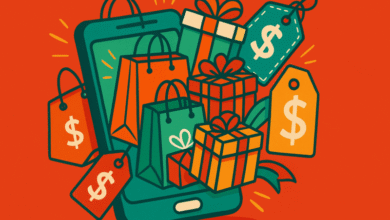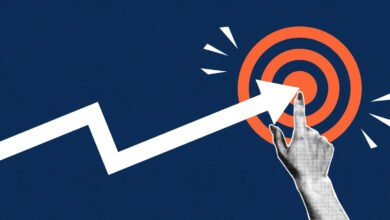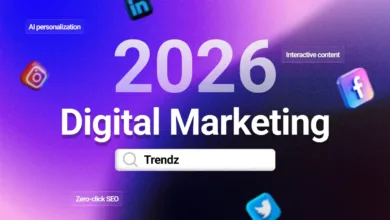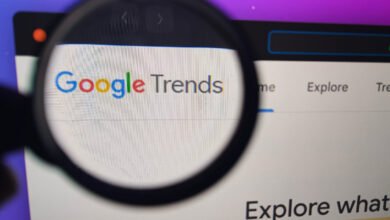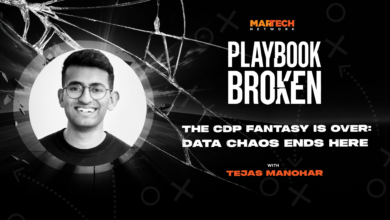Craft Content for Every Stage of Your Marketing Funnel

▼ Summary
– The content marketing funnel organizes content into three stages (top, middle, bottom) to align with where a buyer is in their journey from problem awareness to purchase decision.
– Top-of-funnel content focuses on building awareness by addressing audience pain points without selling, using formats like blog posts, videos, and social media to attract and educate.
– Middle-of-funnel content builds credibility and helps prospects evaluate solutions through assets like case studies, comparison guides, and webinars that demonstrate expertise.
– Bottom-of-funnel content aims to convert buyers by reducing risk and providing confidence boosts with free trials, consultations, testimonials, and discounts.
– Modern buyer journeys are not linear, so content must be mapped to cover all stages and adapt to how people actually research and make decisions, often preferring self-service.
Developing a strategic content plan that aligns with the marketing funnel is essential for guiding potential customers from initial curiosity to final purchase. Many teams fall into the trap of producing content that fills a calendar but fails to address what an audience genuinely needs at each step of their journey. A common scenario involves publishing numerous “how-to” articles that attract traffic but do little to drive conversions. The real breakthrough comes from understanding the distinct purpose of content at the top, middle, and bottom of the funnel, creating a cohesive path that builds trust and momentum toward a sale.
The concept of a content marketing funnel helps organize efforts based on where a person is in their buying process. It segments the journey into three primary stages, each demanding a different type of asset. This framework ensures you are creating material that meets buyers where they are, rather than where you might wish them to be. While modern customer paths are rarely perfectly linear, using the funnel as a planning tool helps guarantee that no critical stage is overlooked.
Top of the funnel (ToFu) content targets individuals who are just beginning to recognize a problem. They might feel that their team’s productivity is slipping or that projects are consistently missing deadlines, but they haven’t yet identified a specific solution. The goal here is to be genuinely helpful, offering educational material that gives them language for their challenges. This builds brand awareness and trust, making them more likely to remember you later. Effective formats include blog posts about common struggles, infographics with industry statistics, and short videos explaining relevant trends.
Once a prospect moves to the middle of the funnel (MoFu), they have defined their problem and are actively researching solutions. They are comparing different tools and approaches, looking for evidence of expertise and reliability. Content at this stage should demonstrate deep knowledge and build credibility. Case studies that showcase real customer success, detailed comparison guides, and in-depth webinars are highly effective. The focus shifts from general education to proving that your solution can deliver specific, measurable results.
At the bottom of the funnel (BoFu), the buyer is ready to make a decision. They have likely shortlisted a few options and need a final confidence boost to choose your product or service. Content here must reduce perceived risk and make it easy to say “yes.” This is the place for free trials, live product demos, customer testimonials, and consultations. Offering tangible proof, like a personalized ROI calculation or a limited-time discount, can be the decisive factor that closes the deal.
It’s important to recognize that the buyer’s journey is not a straight line. People often loop back, conduct more research, and pause their evaluation, especially for significant B2B purchases. Mapping content to the three core stages of awareness, consideration, and decision accounts for this non-linear behavior. In the awareness stage, they search for educational content to understand their problem. During consideration, they evaluate different solutions. Finally, in the decision stage, they compare specific vendors.
Failing to align content with these stages is a primary reason why marketing efforts underperform. ToFu content sparks curiosity, MoFu content builds confidence, and BoFu content provides the justification to act. When these pieces work together seamlessly, they create a powerful narrative that guides the buyer naturally toward a purchase.
Practical content ideas for the top of the funnel include educational blog posts, insightful social media carousels on platforms like LinkedIn, and helpful checklists or templates. These assets provide immediate value without a sales pitch. For the middle funnel, product comparison guides and detailed case studies help prospects weigh their options objectively. At the decision stage, nothing beats a hands-on free trial or a personal consultation to overcome final objections.
A successful strategy involves mapping content across the entire cycle. Using a content mapping template can reveal critical gaps, such as having plenty of awareness-building articles but no material for someone ready to buy. The ultimate goal is to support the customer’s entire journey with the right information at the right time, fostering a relationship that begins with trust and ends with a confident conversion.
(Source: HubSpot Marketing Blog)
